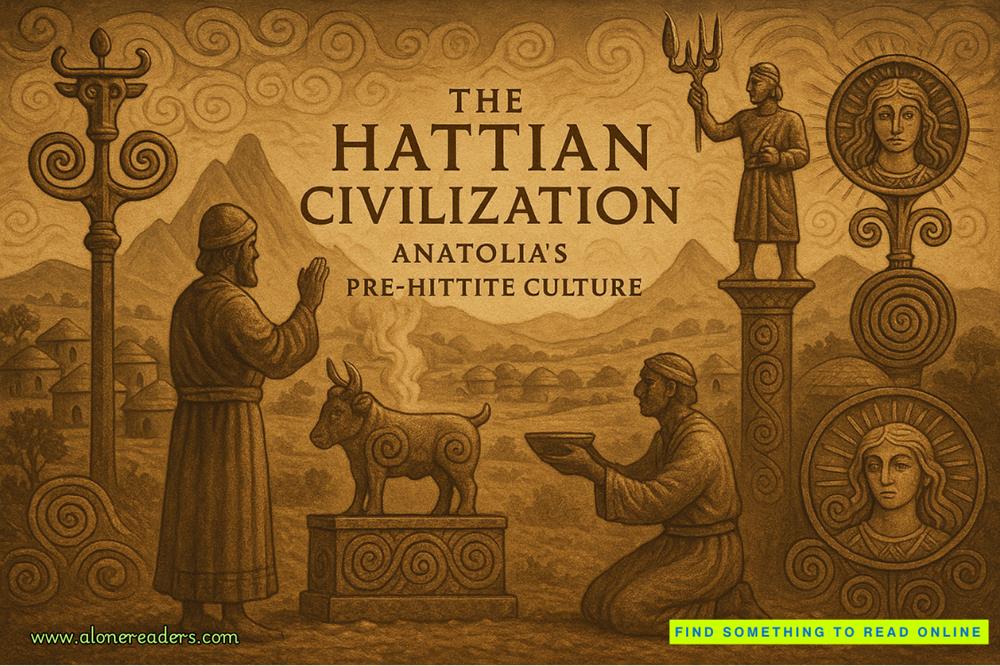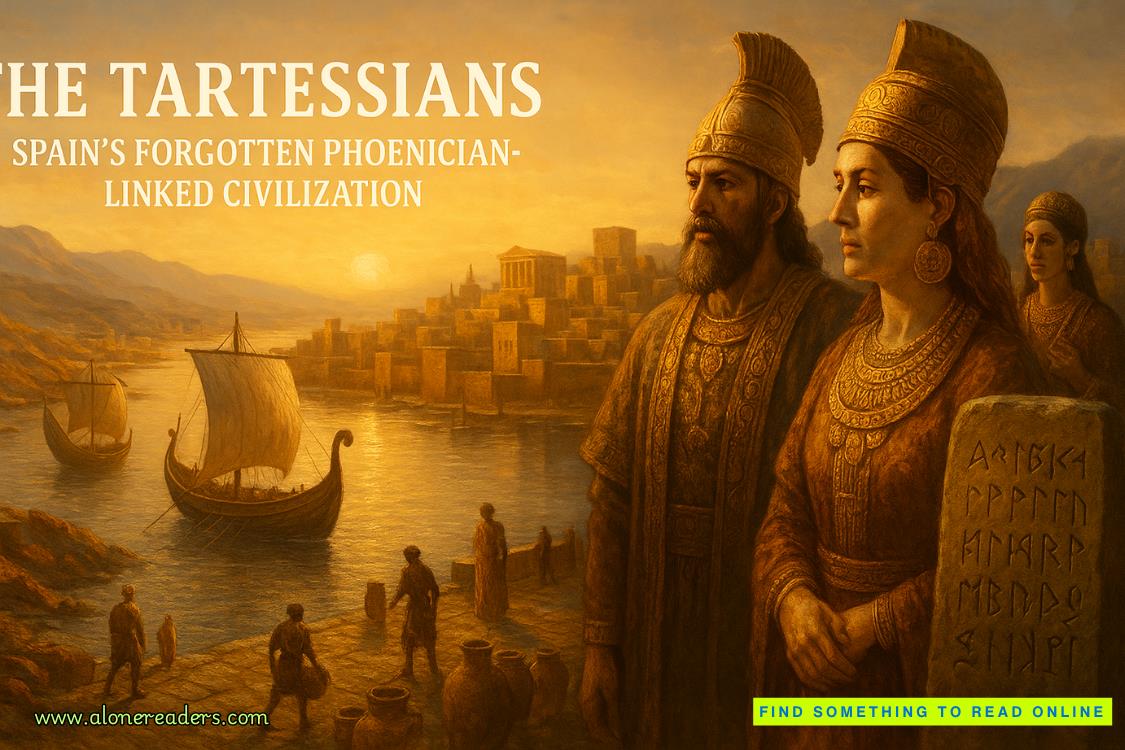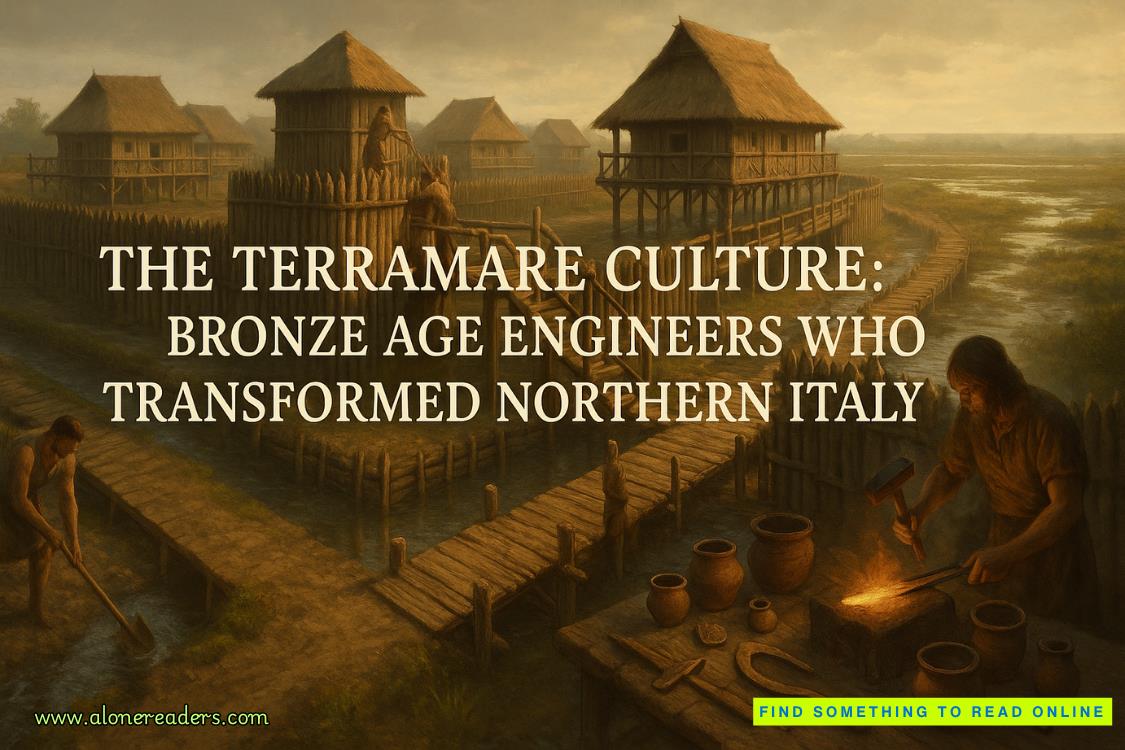“Go right ahead. Take your time.”
“Thirty years ago, American railroads had pretty much overcome the insurmountable engineering challenges that used to impede construction. Advances in grading, bridge building, tunneling, and locomotive design meant they could build almost anywhere they pleased. The main obstacle to building new railroads was other railroads competing for the same markets. Do you understand?”
“No crystal was ever clearer, Grady.”
“You remember your old friend Osgood Hennessy?”
“Railroad tycoon,” said Bell, “who happens to be our mutual friend Archie Abbott’s father-in-law. Go on, please.”
“Thirty years ago, way back in 1891, Osgood Hennessy tried to organize another transcontinental railroad by connecting lines he owned east of Chicago to his Great Northern Railway west of Minneapolis. But rival railroads, which had corrupted even more Illinois, Wisconsin, and Minnesota legislators, governors, and judges than Hennessy had, blocked him. He could neither lay new track between Chicago and Minneapolis nor gain a controlling interest of an existing line. But Old Man Hennessy, you may recall, was unstoppable.”
“Like a combination Brahma bull and Consolidated locomotive.”
“So Hennessy devised a scheme to connect Chicago to Minneapolis by a new route via Detroit.”
“Last time I looked at a map,” said Bell, “Detroit was east of Chicago.”
“Bear with me, Isaac. Stranger railroads were built in the ’90s; all sorts of monkey tricks to sell stock. But this was a real one, if roundabout. Hennessy surveyed a line from Minneapolis to Duluth, then up the shore of Lake Superior to Port Arthur and onto the Canadian Pacific Railroad at Port Arthur and around the top of Superior and Lake Huron and down through Ontario to Windsor, where it would connect with the New York Central.”
“What would the New York Central get out of that arrangement? The Vanderbilts hated Hennessy.”
“They would get access to the tunnel to Detroit.”
“What tunnel?”
“The tunnel Hennessy was excavating under the Detroit River.”
“There’s only one rail tunnel under the Detroit River and it wasn’t built until 1910.”
“Hennessy started his twenty years earlier.”
“He did?”
“He laid a two-thousand-foot cast-iron tube, using the same Beach shield compressed-air method as they did for the Saint Clair Tunnel.”
“First? Ahead of the rest of the line?”
“First off, he commissioned a geological survey for the tunnel. Then he went straight to work on it. Probably wanted to be sure that he could build the hardest part of the line before he committed to the rest.”
Bell said, “I remember when he built the Cascades Cutoff. He bridged Cascade Canyon first, way ahead of the line. ‘Speed,’ he used
to say. ‘It’s all about speed.’ Why doesn’t anybody know about this tunnel?”
“Hennessy had to keep it secret from his enemies or they’d have blocked him in the Michigan State House. He tunneled clandestinely—under the table, so to speak. Which was why he dug from the Canadian side . . . on Fighting Island.”
“Fighting Island?” Bell put down his coffee.
“The Canadians were glad to keep mum. The scheme would boost their railroads. Plus Hennessy bought the shield and all of his machinery and cast iron from the same Canadian factories that supplied the Saint Clair job.”
“Fighting Island to where?”
“Ecorse.”
“Grady, are you sure?”
“All the main lines pass close to Ecorse. Ecorse was the ideal place to connect.”
“So where is it?”















